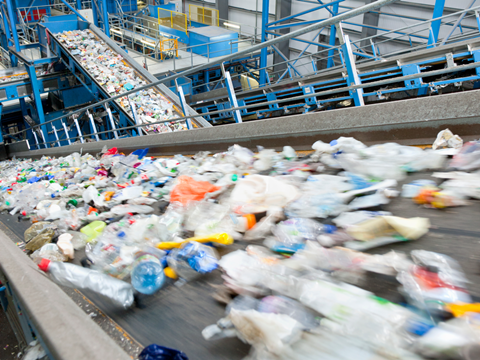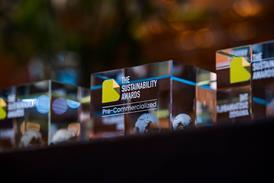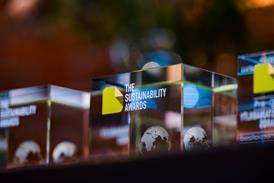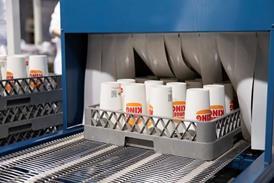
HolyGrail 2.0’s latest industrial-scale sorting trials – driven by AIM, the European Brands Association, and powered by the Alliance to End Plastic Waste – claim to have exceeded a detection efficiency of over 90% and a daily detection rate of almost 56,000 items of post-household rigid packaging.
Reportedly processing 100,000 tonnes of waste from 3 million households every year, Hündgen Entsorgung’s material recovery facility in Swisttal, Germany sought to prove the efficiency of digital watermarking for rigid household packaging collected in Germany and Denmark.
It utilized detection prototypes and add-on modules developed by Digimarc and Pellenc ST; these use near-infrared and digital watermark technology to improve the accuracy of sorting processes.
Trials commenced on 19th August 2024 and continued until 19th December 2024. They focused on four different types and formats of post-consumer rigid packaging: non-food PET bottles, rigid PP, rigid PE, and PET trays.
Their goal was to assess sorting performance across multiple packaging formats and material types, with participating companies such as Procter & Gamble, Mondelēz International, and Arla Foods said to have enhanced their SKUs with digital watermarks. They were placed on the German and Danish for consumer use, disposal, and collection in designated areas.
Digitally watermarked drinking cups were also utilized by McDonald’s and Coca-Cola, while Imperial Brands conducted sorting trials with tobacco canisters.
Detection rates were said to reach an average of almost 56,000 detections every day – adding up to 5.66 million detections of 5,949 unique SKUs over 100 days. Detection efficiency was believed to range from 87.9% to 93.8%, with cloud-based analysis said to reveal a consistent efficiency of over 90%.
This is cited as evidence that digital watermarking unlocks high-precision sorting, even where dirty object surfaces and material overlap create challenging industrial-scale conditions. Alongside enhanced accuracy, digital watermarks are also set to unlock an ‘unprecedented level’ of granularity and achieve SKU-level sorting – a feat expected to support the Packaging and Packaging Waste Regulation’s incoming recycled content requirements for plastic packaging.
The current results were obtained from single-pass sorting, but additional processing is expected to improve them in industrial settings. Two-pass sorting – which is commonly applied in recycling facilities – is anticipated to boost sorting efficiency and purity, as previous sorting trials are thought to have demonstrated.
As HolyGrail 2.0 draws to a close, the HolyGrail 2030 – Circular Packaging initiative is launching market adoption programmes intending to prove the economic viability of smart sorting for reprocessing into high-quality recyclates for use in packaging applications, including food packaging.
In order to further scale the technology and bolster access to recycled, food-grade PP materials, Germany is expected to run an early-adopter market demonstration for rigid PP food packaging, while Belgium will do the same for flexible PP food packaging.
A recent episode of the Packaging Europe podcast saw our brand director, Tim Sykes, sit down with Margherita Trombetti, project manager, policy officer, Sustainability at AIM; Grane Maaløe, sustainable packaging lead specialist at Arla Foods; and Richard Akkermans, European R&D packaging sustainability manager at Mondelēz to reflect on HolyGrail 2.0’s progress and the future of HolyGrail 2030.
In a related development, Picadeli recently revealed that it would feature digital watermarks from Digimarc on its branded packaging; this is set to automatically verify pricing accuracy at self-checkout and tackle both retail shrink and food fraud, particularly among fresh and prepared foods.
If you liked this story, you might also enjoy:
Reuse vs. single use – which is better for the environment?
Sustainable Innovation Report 2025: Current trends and future priorities
What can the world learn from South Korea’s world-leading performance in plastics circularity?












No comments yet